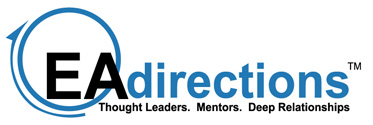Last month, in the Who Decides? entry and in a longer FAQ article, I discussed the pros and cons of various governance models for formalizing EA standards. In particular, I made the point that the EA team should neither take it upon itself to be the final decision-making body to approve standards, nor to let it default to them. If they do, they may find themselves in an awkward situation, defending individual standards after the fact, or even defending having standards at all. It is important that approval rests at a high enough level that the decision will be viewed as legitimate by the broadest possible stakeholder community.
In that article I opened a polling question asking “What is the highest level in your organization involved in any part of formally approving EA standards?”. The meantime the preliminary results reveal one positive outcome while also pointing to an opportunity for improvement. The positive outcome is that only 8% indicated that the EA team itself made the standards decisions. Less promising is that 17% replied that nobody formally approves standards and “Other IT management” made up another 8%. So, combined, 33% of respondents have standards without higher-level leadership support. The better news is that 59% indicated that their CIO or the CIO’s direct reports were responsible for authorizing standards. At least in those cases the IT organization is operating with some level of implied unity and authority.
As you might have surmised by doing the math, only 8% had anyone from the business involved in the governance process. This result is likely an indication that the respondents EA programs operate mainly in the technology space. Few such programs are able to attract business leadership to the governance process. This is the area that EA leaders should work to improve, and we expect it will happen as our discipline demonstrates increased maturity in information and business architecture. Business leadership will have a more direct line of sight to the implications of EA standards (which will, by definition, be more holistic and not just technology based), and will be more inclined to take an active role in EA decisions that affect them.
